Home>Garden Essentials>Garden Storage>How To Estimate Backyard Renovation Costs—and Stretch Your Budget
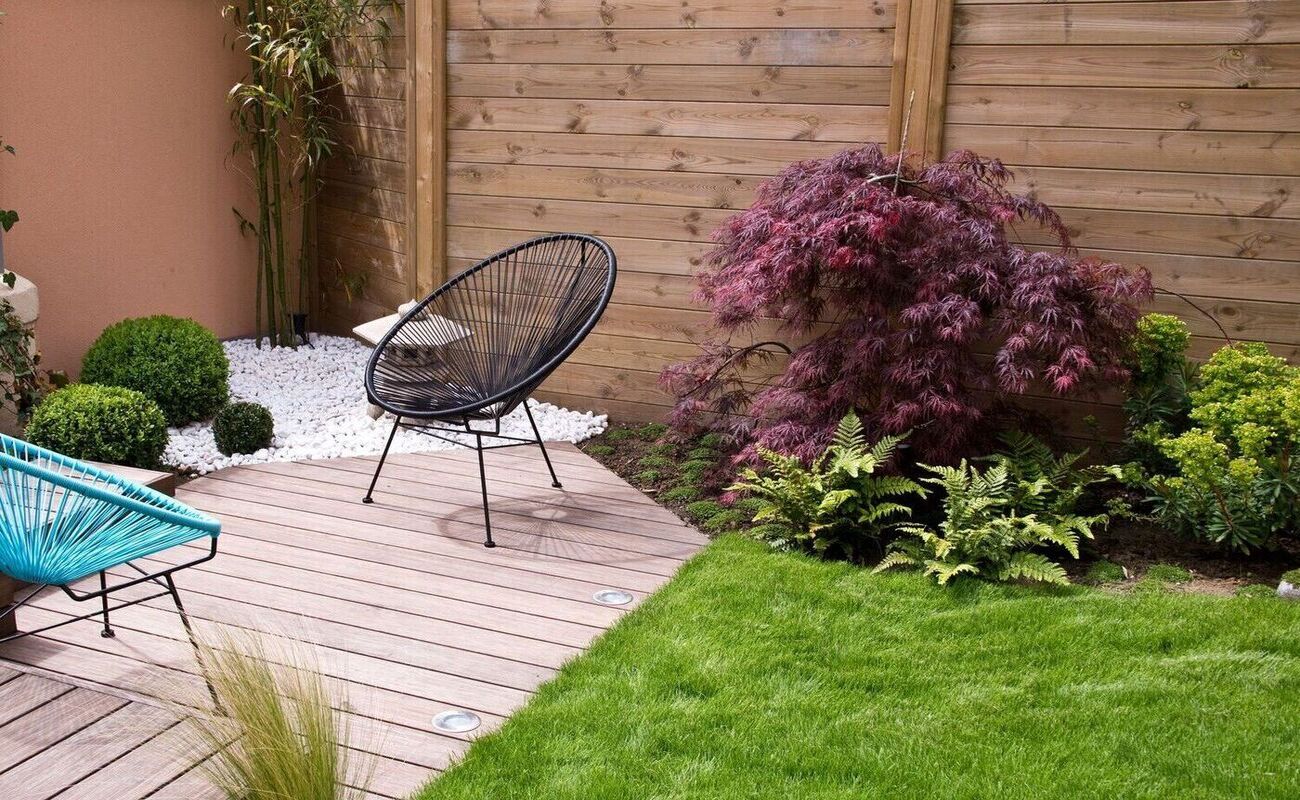

Garden Storage
How To Estimate Backyard Renovation Costs—and Stretch Your Budget
Modified: February 28, 2024
Learn how to estimate the costs of renovating your backyard, including storage options, and discover ways to stretch your budget for a successful project.
(Many of the links in this article redirect to a specific reviewed product. Your purchase of these products through affiliate links helps to generate commission for Storables.com, at no extra cost. Learn more)
Introduction
Transforming your backyard into a serene oasis or an outdoor entertainment space can significantly enhance your quality of life and increase the value of your property. However, the cost of a backyard renovation can be a major concern for many homeowners. It’s essential to carefully assess your goals, research materials and labor costs, and create a budget that allows you to achieve your dream backyard while staying within your means.
Whether you’re planning a simple refresh or a complete backyard overhaul, this article will guide you through the process of estimating backyard renovation costs and offer tips on how to stretch your budget without compromising on quality or design.
Before diving into the details, it’s important to note that costs can vary significantly depending on factors such as location, size of the space, desired features, and complexity of the project. The estimates provided in this article are meant to serve as a general guide and should be adjusted based on your specific circumstances.
Now, let’s dive into the practical steps you can take to estimate the costs of your backyard renovation and make the most of your budget.
Key Takeaways:
- Transforming your backyard into a serene oasis or an outdoor entertainment space can significantly enhance your quality of life and increase the value of your property. Carefully assess your goals, research materials and labor costs, and create a budget that allows you to achieve your dream backyard while staying within your means.
- Researching materials and labor costs is a crucial step in estimating the expenses of your backyard renovation. It involves gathering information on the prices of various materials, plants, outdoor structures, and the labor fees for professionals who will execute the project. Thoroughly researching materials and labor costs will help you gain valuable insights into the financial aspects of your backyard renovation and be better prepared to create a realistic budget.
Read more: 14 Ways To Stretch Your Renovation Budget
Assessing Your Backyard Renovation Goals
Before you can accurately estimate the cost of your backyard renovation, it’s important to assess your goals and determine what you want to achieve with the project. Are you looking to create a peaceful retreat where you can unwind after a long day? Are you envisioning an outdoor space for entertaining friends and family? Or perhaps you want to enhance your landscaping and add functional features like a vegetable garden or a play area for children.
By defining your goals, you can prioritize the components of your backyard renovation and allocate your budget accordingly. It’s also helpful to consider the long-term benefits and return on investment. For example, installing a swimming pool may be a significant expense upfront but could add substantial value to your home if you plan on staying in the property for many years.
Take some time to explore different backyard designs and gather inspiration from magazines, websites, and social media platforms. Consider factors such as your personal style, the architectural elements of your home, and the overall aesthetics you want to achieve. This will help you create a clear vision for your backyard renovation and make more informed decisions throughout the process.
Once you have a clear understanding of your goals and preferences, it’s time to move on to the next step – researching materials and labor costs.
Researching Materials and Labor Costs
Researching materials and labor costs is a crucial step in estimating the expenses of your backyard renovation. It involves gathering information on the prices of various materials, plants, outdoor structures, and the labor fees for professionals who will execute the project.
Start by creating a list of the specific elements you plan to include in your backyard renovation, such as landscaping, hardscape features, outdoor structures, lighting, irrigation systems, and furniture. For each element, research the average costs of materials in your local area. Check out local suppliers, home improvement stores, and online marketplaces to get an idea of the price range for different materials.
It’s also important to consider the quality of materials. While it may be tempting to go for the cheapest option, keep in mind that investing in higher-quality materials can increase the longevity and durability of your outdoor space, potentially saving you money on repairs and replacements in the long run.
In addition to materials, you’ll need to consider labor costs. Depending on the complexity of your backyard renovation, you may need to hire professionals such as landscapers, hardscape contractors, electricians, and plumbers. Research local service providers and obtain quotes from multiple contractors to compare prices and evaluate their expertise and reputation. Keep in mind that hiring experienced professionals may come with higher fees, but their knowledge and skill can result in a better outcome for your project.
During your research, take note of any additional costs that might arise, such as permits, excavation or demolition fees, and waste disposal charges. These often overlooked expenses can significantly impact your overall budget, so it’s important to account for them.
By thoroughly researching materials and labor costs, you’ll gain valuable insights into the financial aspects of your backyard renovation and be better prepared to create a realistic budget.
Creating a Budget for Your Backyard Renovation
Once you have assessed your backyard renovation goals and researched the materials and labor costs, it’s time to create a budget that aligns with your financial resources. A well-planned budget will help you stay on track and ensure that you can complete your desired project without overspending. Here are several steps to help you create an effective budget:
- Identify your total available funds: Determine how much money you can allocate to your backyard renovation. Consider your savings, any available funds, and the maximum amount you are willing to borrow if necessary.
- Prioritize your renovation elements: Referencing your list of desired elements, rank them in order of importance to allocate a portion of your budget to each component. Consider factors such as functionality, aesthetics, and long-term value.
- Estimate material costs: Using your research on materials, estimate the costs for each element of your backyard renovation. Be sure to include any additional costs such as landscaping fabric, mulch, or paint.
- Estimate labor costs: Based on the quotes obtained from contractors, estimate the total labor costs for your project. Keep in mind that some tasks may require multiple professionals, such as landscaping and hardscaping.
- Account for miscellaneous expenses: Set aside a portion of your budget for unexpected expenses that may arise during the renovation process, such as unforeseen repairs or project scope changes.
- Leave room for contingency: It’s advisable to set aside an additional 10-20% of your budget as a contingency fund to accommodate any unforeseen costs or adjustments that may arise.
As you allocate funds to different components, be realistic about your budget constraints and be willing to make adjustments to your plans if necessary. It’s better to scale back certain elements than to go over budget and compromise the overall quality of your outdoor space.
Remember, a comprehensive and accurate budget will serve as a financial roadmap throughout the renovation process, helping you make informed decisions and prioritize your spending in order to achieve your desired backyard transformation.
Cost-Saving Tips for Backyard Renovations
Renovating your backyard doesn’t have to break the bank. With some strategic planning and a bit of creativity, you can stretch your budget and still achieve a stunning outdoor space. Here are some cost-saving tips to consider:
- Do it yourself (DIY) where possible: Take on certain tasks yourself to save on labor costs. Simple projects like painting furniture, planting flowers, or installing outdoor decor can easily be done by homeowners with some basic skills.
- Reuse and repurpose: Look for ways to repurpose and reuse items you already have. For example, old pallets can be transformed into furniture, and leftover bricks or stones can be used for pathways or garden borders.
- Shop secondhand: Check out flea markets, consignment stores, or online marketplaces for outdoor furniture and decorations. You might find unique pieces at a fraction of the cost compared to buying new.
- Opt for low-maintenance landscaping: Choose plants that are native to your region and require minimal watering and maintenance. This will not only save you time but also reduce water usage and associated costs.
- Consider alternative materials: Instead of costly natural stones or hardwood decking, explore more affordable alternatives like concrete pavers or composite materials that mimic the look of wood.
- Plan for phased renovations: If your dream backyard is beyond your current budget, consider breaking down the project into multiple phases. This allows you to tackle one area at a time, spreading out the expenses and giving you time to save for each phase.
- Get multiple quotes: When hiring contractors for more complex projects, don’t settle for the first quote. Obtain multiple quotes to compare prices and negotiate discounts.
- Monitor sales and promotions: Keep an eye out for sales and promotional offers on materials and outdoor furniture. Timing your purchases to coincide with these events can lead to significant savings.
- Do a cost-benefit analysis: For more expensive features like a swimming pool or an outdoor kitchen, carefully consider the long-term benefits and return on investment. It may be more cost-effective to opt for smaller-scale alternatives or delay these additions until you have a larger budget.
- Maintain your outdoor space: Regular maintenance and care can help prevent costly repairs in the future. Simple tasks like trimming trees, cleaning gutters, and sealing outdoor furniture can prolong their lifespan and save you money in the long run.
By incorporating these cost-saving tips into your backyard renovation plans, you can achieve a beautiful and functional outdoor space while keeping your budget in check. Remember, a well-designed backyard doesn’t have to come with a hefty price tag – it’s all about making smart choices and being resourceful.
Read more: How To Fix E2 Error In A Washing Machine
Estimating the Cost of Landscaping
Landscaping is a key element in creating a visually appealing and inviting backyard. The cost of landscaping can vary widely depending on the size of your outdoor space, the complexity of the design, and the types of plants and materials you choose. Here are some factors to consider when estimating the cost of landscaping:
- Site preparation: Before any landscaping work can begin, you may need to clear the area, remove existing vegetation, or grade the land. These preparatory tasks may incur additional costs depending on the size and condition of your backyard.
- Plant selection: The cost of plants can vary significantly depending on their size, species, and rarity. Consider mixing both smaller, budget-friendly plants and larger focal point plants to create an appealing landscape. Additionally, choose plants that are suitable for your climate to minimize maintenance and replacement costs.
- Soil and mulch: Depending on the existing soil quality, you may need to amend it with compost or topsoil to ensure optimal plant growth. Mulch is also essential for weed control and moisture retention. Consider the cost of these materials when estimating your landscaping budget.
- Irrigation: If you plan on installing an irrigation system to ensure proper watering of your plants, factor in the cost of materials and labor involved. Irrigation systems can help conserve water and reduce maintenance in the long run.
- Pathways and edging: Adding pathways and edging can enhance the functionality and aesthetics of your landscaping. The cost will depend on the materials chosen, such as gravel, pavers, or stones.
- Maintenance: Landscaping maintenance is an ongoing expense. Consider the cost of routine tasks such as mowing, fertilizing, pruning, and pest control when budgeting for your backyard renovation.
- Hiring professionals: While DIY landscaping can save money, some tasks may require the expertise of professionals. Factor in the costs of hiring landscapers or gardeners for specific tasks like planting trees or installing complex features.
To estimate the cost of landscaping, start by developing a plan that includes the desired elements and plant selection. Research the average costs of plants and materials in your area, and obtain quotes from landscapers if you plan on hiring professional help. By considering all these factors and being mindful of your budget, you can create a beautiful and well-maintained landscape without overspending.
When estimating backyard renovation costs, be sure to account for all potential expenses including materials, labor, permits, and unexpected costs. It’s important to have a buffer in your budget to accommodate any unforeseen expenses that may arise during the renovation process.
Estimating the Cost of Installing Hardscape Features
Hardscape features, such as patios, walkways, decks, and retaining walls, can add structure, functionality, and visual interest to your backyard. Estimating the cost of installing hardscape features involves considering various factors that impact the overall expense. Here are some key considerations:
- Materials: The choice of materials is a significant factor in determining the cost of hardscape features. Common materials include concrete, pavers, natural stone, composite decking, and wood. Each material has a different price point, and the complexity of the design can also influence costs.
- Size and layout: The size and layout of the hardscape feature will impact the overall cost. Larger areas or intricate designs may require more materials and labor, which can increase the expenses. Consider the dimensions and shape of the feature when estimating the cost.
- Design complexity: Intricate designs often involve additional labor and specialized skills, which can increase the cost. A simple rectangular patio, for example, is typically less expensive than a curved or multi-level design.
- Labor and installation: Hiring professionals to install hardscape features ensures a quality result, but it can add to the cost. The complexity of the installation process and the difficulty of accessing your backyard can also affect labor fees.
- Site preparation: Depending on the existing conditions of your yard, site preparation may be required before installing hardscape features. This can include excavation, leveling, or addressing drainage issues. The cost of site preparation should be factored into your budget.
- Add-ons and accessories: Consider any additional elements you plan to incorporate, such as lighting, seating walls, fire pits, or water features. These extras can enhance the functionality and aesthetics of your hardscape but will add to the overall cost.
- Maintenance: Taking care of your hardscape features is essential to ensure longevity. Consider the ongoing maintenance costs, such as sealing, cleaning, and repairs, when budgeting for the installation.
To estimate the cost of installing hardscape features, research the average prices of materials and labor in your area. Obtain quotes from multiple contractors to compare prices and assess their expertise and reputation. Be sure to communicate your desired design and specifications to receive accurate estimates.
While hardscape features can be an investment, they can greatly enhance the functionality and visual appeal of your backyard. By carefully considering all the factors mentioned above and balancing your budget, you can create a stunning outdoor space that meets your needs and exceeds your expectations.
Estimating the Cost of Installing Outdoor Structures
Outdoor structures, such as pergolas, gazebos, sheds, and play areas, can provide additional functionality, aesthetics, and enjoyment to your backyard. Estimating the cost of installing outdoor structures requires considering various factors that impact the overall expense. Here are some key considerations:
- Type of structure: The cost of outdoor structures can vary significantly depending on the type and size of the structure. Pergolas and gazebos tend to be less expensive compared to more elaborate structures like screened-in porches or outdoor kitchens.
- Materials: The choice of materials plays a significant role in determining the cost. Common materials for outdoor structures include wood, composite materials, metal, or a combination of these. Each material has different price points, and some may require more maintenance or special treatments.
- Size and complexity: The size and complexity of the structure impact the overall cost. Larger structures or those with intricate designs may require more materials and labor, increasing expenses. Consider the dimensions and features of the structure when estimating the cost.
- Foundation and installation: Depending on the structure and local regulations, you may need a foundation or footings for stability and safety. This can add to the cost of installation, as well as any electrical or plumbing work required for certain structures.
- Accessories and features: Consider any additional accessories or features you plan to incorporate, such as built-in seating, lighting, or heating elements. These extras can enhance the functionality and aesthetics of your outdoor structure but will add to the overall cost.
- Site preparation: Depending on the existing conditions and layout of your yard, site preparation may be necessary before installing the outdoor structure. This can include clearing the area or leveling the ground. The cost of site preparation should be factored into your budget.
- Maintenance: Outdoor structures require regular maintenance to ensure their longevity. Consider ongoing maintenance costs, such as painting, staining, sealing, or repairs when budgeting for the installation.
To estimate the cost of installing outdoor structures, research average prices of materials and labor in your area. Obtain quotes from reputable contractors to compare prices and evaluate their expertise. Be sure to communicate your desired design and specifications to receive accurate estimates.
Outdoor structures can significantly enhance your backyard and provide additional functionality and comfort. By carefully considering all the factors mentioned above and balancing your budget, you can create a beautiful and functional outdoor space that meets your needs and suits your style.
Estimating the Cost of Installing Lighting and Irrigation Systems
Installing lighting and irrigation systems in your backyard can enhance both the aesthetics and functionality of your outdoor space. When estimating the cost of these systems, it’s important to consider various factors that can influence the overall expense. Here are some key considerations:
- Type and quality of products: The cost of lighting and irrigation systems can vary depending on the type and quality of the products you choose. For lighting, options range from simple solar-powered fixtures to more elaborate low-voltage or LED systems. Similarly, irrigation systems can range from manual hose attachments to automated underground sprinkler systems.
- Size and complexity of the area: The size and complexity of your backyard, as well as the desired coverage for lighting and irrigation, will impact the cost. Larger areas or intricate landscape designs may require more fixtures or irrigation zones, which can increase expenses.
- Wiring and infrastructure: Depending on the lighting and irrigation system chosen, additional wiring or infrastructure may be required. This can include burying electrical or irrigation lines, installing control panels, or setting up timers. The complexity of the wiring and infrastructure will affect the overall cost.
- Labor and installation: Hiring professionals for the installation of lighting and irrigation systems ensures proper setup and functionality. Labor costs will be influenced by factors such as the terrain of your backyard and the complexity of the system. Multiple quotes from contractors should be obtained to compare prices and assess expertise.
- Water source and conservation: If connecting your irrigation system to a water source, consider any additional plumbing work or hook-up fees. Moreover, opt for water-efficient irrigation components, such as drip irrigation, to reduce long-term water usage and costs.
- Maintenance and repairs: When estimating costs, it’s important to consider ongoing maintenance and potential repairs. Lighting systems may require bulb replacements or periodic cleaning, while irrigation systems may need adjustments, backflow testing, or winterization services.
- Smart technology: Some lighting and irrigation systems offer smart technology features, allowing you to control and automate them via a smartphone or smart home system. While these options can add convenience, they may come at a higher cost.
To estimate the cost of installing lighting and irrigation systems, research average prices of products and labor in your area. Consider the specific needs and requirements of your backyard. Obtain multiple quotes from reputable contractors specializing in outdoor lighting and irrigation to compare prices and assess their expertise.
By carefully considering these factors and balancing your budget, you can create a well-lit and efficiently watered backyard that enhances its beauty and usability while still being mindful of costs.
Estimating the Cost of Outdoor Furniture and Decorations
The right outdoor furniture and decorations can transform your backyard into a comfortable and inviting space for relaxation and entertainment. When estimating the cost of outdoor furniture and decorations, it’s important to consider various factors that can impact the overall expense. Here are some key considerations:
- Type of furniture: The cost of outdoor furniture can vary depending on the type of material and design you choose. Common options include wood, metal, rattan, plastic, or a combination of these materials. Each has its own price range and durability.
- Quality and durability: Investing in higher-quality outdoor furniture can result in greater durability and longevity. While these options may come with a higher upfront cost, they are often designed to withstand outdoor elements and require less maintenance and replacement over time.
- Number of pieces: The number of furniture pieces needed to furnish your backyard will impact the cost. Consider the seating capacity you require, as well as accessories like tables, chairs, loungers, or hammocks.
- Cushions and fabric: If your outdoor furniture requires cushions or fabric covers, factor in the cost of these accessories. Choose materials that are resistant to water, UV rays, and mildew to ensure they can withstand outdoor conditions and maintain their appearance.
- Outdoor decorations: Decorations such as lanterns, planters, rugs, and artwork can enhance the aesthetic appeal of your outdoor space. The cost of decorations will vary depending on the size, style, and materials chosen.
- Maintenance and storage: Consider ongoing maintenance costs, such as cleaning, treating, and storing outdoor furniture and decorations during harsh weather conditions. Proper maintenance can extend the lifespan of your investments.
- Sales and discounts: Keep an eye out for sales, promotions, and clearance events when purchasing outdoor furniture and decorations. Timing your purchases to coincide with these opportunities can lead to significant savings.
- DIY options: Consider DIY options for outdoor furniture and decorations. Building your own furniture or repurposing items can be a cost-effective and creative way to personalize your outdoor space.
- Long-term value: When estimating the cost, consider the long-term value of outdoor furniture and decorations. Investing in quality pieces may be more expensive upfront, but they can provide years of enjoyment and add value to your property.
To estimate the cost of outdoor furniture and decorations, research average prices of the materials and designs you prefer. Visit local stores, browse online marketplaces, and compare prices from different suppliers. Consider the specific needs and style preferences for your backyard. By carefully considering these factors and balancing your budget, you can create a comfortable and stylish outdoor space without overspending.
Finalizing Your Backyard Renovation Budget
Finalizing your backyard renovation budget requires careful consideration of all the elements and costs associated with your project. It’s crucial to ensure that your budget aligns with your goals and financial resources. Here are some key steps to help you finalize your backyard renovation budget:
- Review your estimates: Take a comprehensive look at all the estimates you’ve gathered for materials, labor, and any other expenses related to your backyard renovation. Ensure that you have accounted for all the elements, such as landscaping, hardscape features, outdoor structures, lighting, irrigation systems, furniture, and decorations.
- Make adjustments if necessary: Evaluate your estimates in relation to your available funds. If your budget is limited, you may need to make adjustments to your plans, prioritize certain elements, or explore cost-saving alternatives. Consider scaling back on certain features or phasing the project over time.
- Set a contingency fund: It’s wise to set aside an additional 10-20% of your budget as a contingency fund. This acts as a safety net to accommodate any unexpected expenses or changes that may arise during the renovation process.
- Prioritize your spending: Assess the importance and functionality of each element in your backyard renovation. Allocate a larger portion of your budget to elements that are higher priority or offer better long-term value. This ensures that you can achieve your key objectives while staying within your financial limits.
- Consider financing options: If your budget falls short of your desired backyard renovation, explore financing options that suit your financial situation. This could include personal loans or home improvement loans. However, evaluate the terms and interest rates to ensure they are manageable and align with your long-term financial goals.
- Track and manage expenses: Throughout the renovation process, diligently track your expenses. Keep a record of all receipts, invoices, and payments to monitor your budget and identify any areas where you may need to adjust spending.
- Consult with professionals: Seek advice from professionals, such as landscapers, contractors, or designers, to ensure your budget is realistic for your desired outcome. They can provide insights into cost-saving measures, recommend alternatives, and help you stay on track.
- Be flexible: Remember that unexpected challenges or opportunities may arise during the renovation. Remain flexible and be prepared to adjust your budget and plans if necessary. Having a clear understanding of your priorities will help you make informed decisions and stay within your budget constraints.
By going through these steps and taking a thoughtful and strategic approach, you can confidently finalize your backyard renovation budget. Remember, a well-planned budget will serve as your financial guide throughout the process, empowering you to create a beautiful and functional outdoor space that brings joy and enhances your quality of life.
Conclusion
Transforming your backyard into a stunning and functional space is an exciting endeavor, but it’s important to approach it with careful planning and budgeting. By assessing your goals, researching costs, and creating a realistic budget, you can confidently embark on your backyard renovation journey while staying within your means. Remember, a well-planned budget will guide you throughout the process, helping you prioritize your spending and make informed decisions.
Throughout this article, we have explored various aspects of estimating the costs of a backyard renovation. We discussed assessing your goals, researching materials and labor costs, creating a budget, and implementing cost-saving strategies. We also explored specific areas of estimation, such as landscaping, hardscape features, outdoor structures, lighting, irrigation systems, and outdoor furniture.
As you venture into the world of backyard renovation, it’s important to strike a balance between your dreams and your financial realities. Consider phasing your project if necessary, prioritizing key elements, and exploring cost-effective alternatives. Embrace creativity by repurposing or DIY-ing certain elements, and take advantage of sales and promotions to maximize your budget.
Remember, your backyard renovation is not just an investment in your property but also in your lifestyle. It’s an opportunity to create a space where you can relax, entertain, and enjoy the outdoors. With proper planning and budgeting, you can achieve a backyard that reflects your style, meets your needs, and enhances the value of your home.
So, take the time to assess your goals, do thorough research, consult professionals when needed, and create a budget that suits your financial situation. Whether you’re embarking on a small refresh or a complete overhaul of your backyard, careful budgeting will ensure that you can enjoy the fruits of your labor for years to come.
Frequently Asked Questions about How To Estimate Backyard Renovation Costs—and Stretch Your Budget
Was this page helpful?
At Storables.com, we guarantee accurate and reliable information. Our content, validated by Expert Board Contributors, is crafted following stringent Editorial Policies. We're committed to providing you with well-researched, expert-backed insights for all your informational needs.



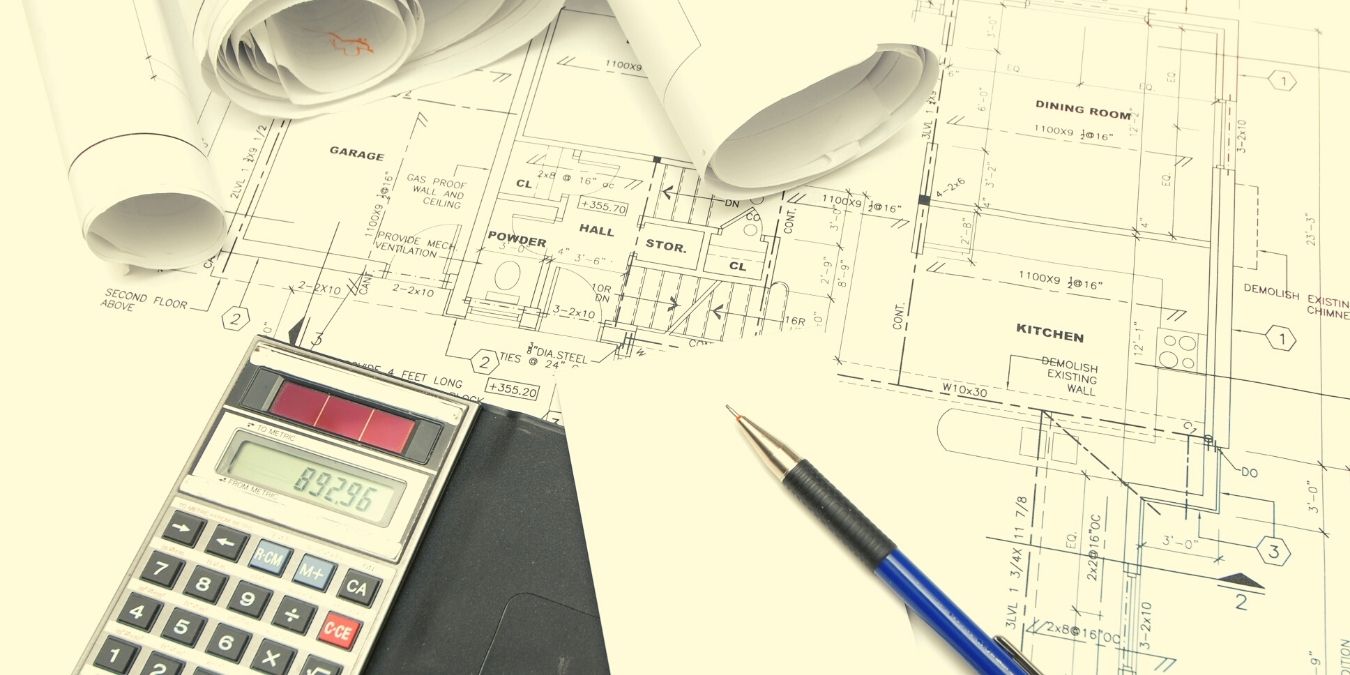


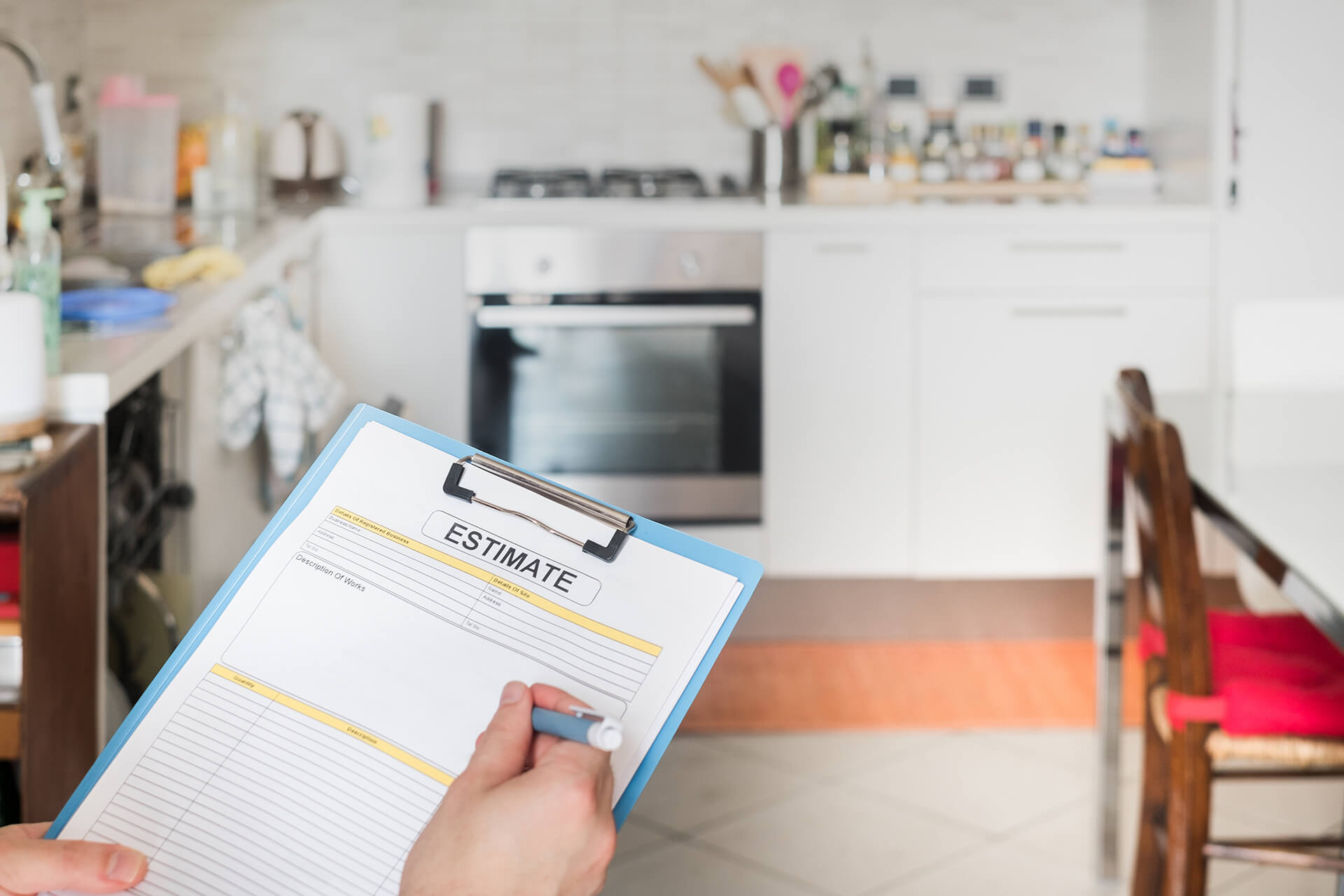

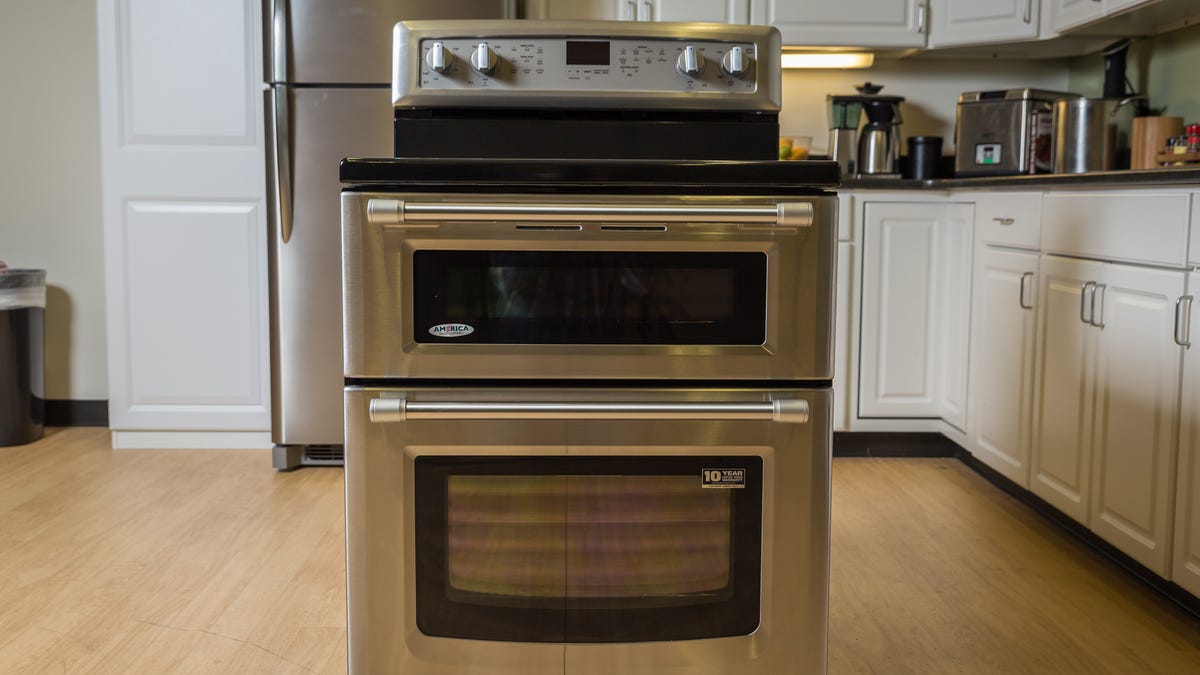


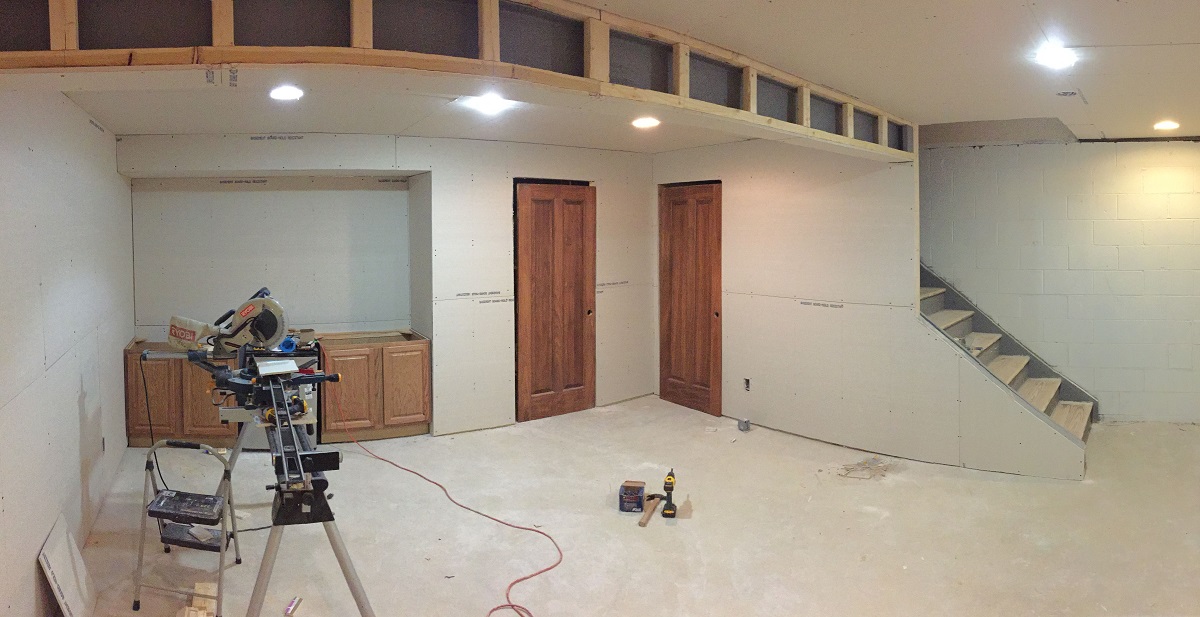


0 thoughts on “How To Estimate Backyard Renovation Costs—and Stretch Your Budget”